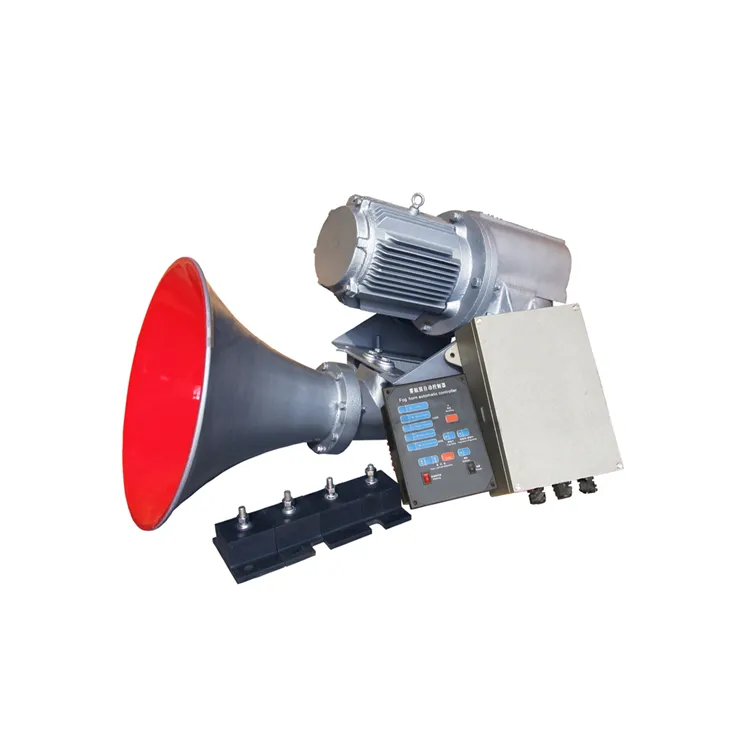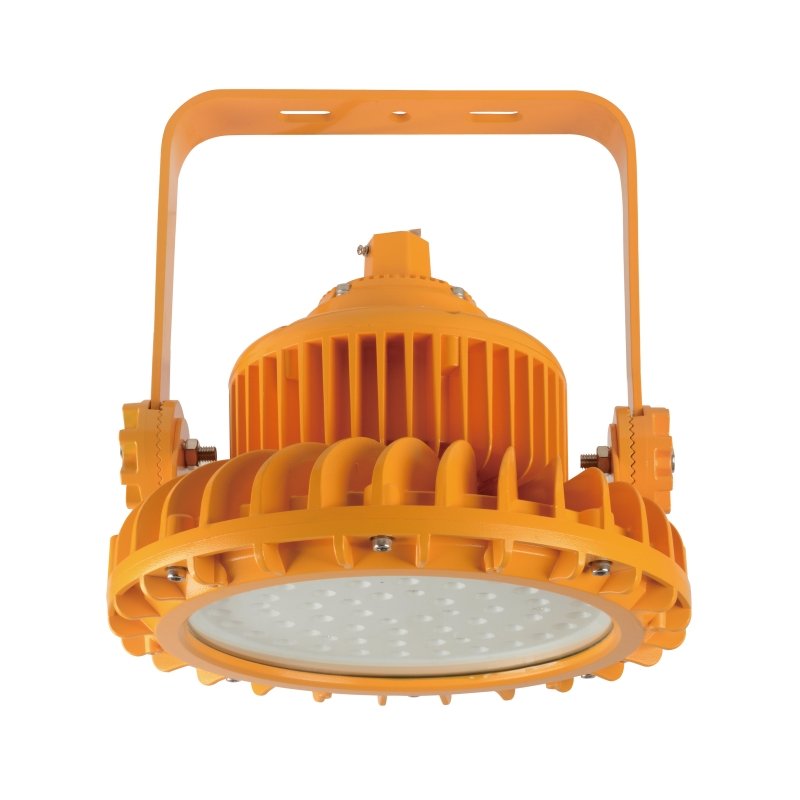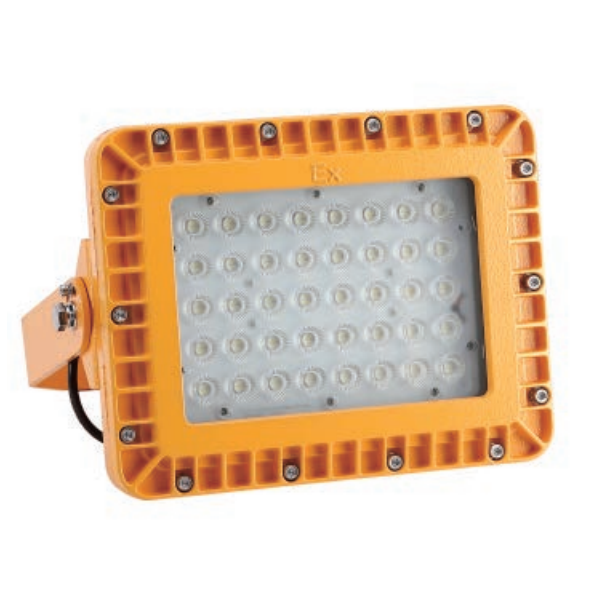What Are the Sound Signals at Sea?
Sound Signals at Sea are a vital means of communication between vessels, ensuring safe navigation and preventing collisions. Regulated by the International Regulations for Preventing Collisions at Sea (COLREGs), these signals convey intentions, warnings, and status updates. Common maritime sound signals include:
- One Short Blast: Indicates “I plan to pass you on my port side.”
- Two Short Blasts: Signals “I plan to pass you on my starboard side.”
- Three Short Blasts: Denotes “I am using astern propulsion” (reversing engines).
- Five Short Blasts: A danger signal, used when there is uncertainty or disagreement about another vessel’s actions.
- One Prolonged Blast: Serves as a warning near blind spots or signals departure from a dock.
- One Prolonged Blast Every Two Minutes: Used by power-driven vessels in low visibility, such as fog, to announce their presence.

What Are the Three Distress Signals at Sea?
Distress signals communicate emergencies requiring immediate assistance. Three primary methods include:
- Mayday Call: A verbal emergency message transmitted on VHF Channel 16, repeating “Mayday” three times, followed by details like the vessel’s name, location, nature of distress, and required help.
- Flares: Red handheld or parachute flares are highly visible and effective for signaling distress at any time.
- Orange Smoke: A daytime visual signal indicating distress.
What Are the Different Types of Sounding in Ships?
The term sounding in maritime contexts has two main applications:
- Navigational Sound Signals: Short and prolonged blasts used for communication between vessels, as described earlier.
- Measuring Water Depth: Involves determining water depth beneath a ship using tools like lead lines or echo sounders. This process is critical for safe navigation in shallow waters.
What Are the Sound Signals at Anchor?
When anchored, vessels use specific sound signals to alert others of their presence:
- Rapid Bell Ringing for 5 Seconds: For vessels under 100 meters, this signal is repeated every minute.
- Bell and Gong Combination: For vessels over 100 meters, a bell rings in the forepart followed by a gong in the aft part.
- Optional Additional Signal: Three blasts (one short, one prolonged, one short) may be used to warn approaching vessels of potential collisions.
What Is a Sound in Maritime Terms?
In maritime terminology, a sound refers to a narrow waterway connecting larger bodies of water or a deep inlet that is shallower than a fjord but deeper than a bight. Examples include Puget Sound in the U.S. and Milford Sound in New Zealand. The term also applies to depth measurement techniques used for navigation.
What Is Rule 37 Distress Signal?
Rule 37 under COLREGs defines internationally recognized distress signals for emergencies at sea. These include:
- Visual indicators like flares or orange smoke.
- Auditory alerts such as continuous foghorn blasts.
- Radio communications like Mayday calls or Digital Selective Calling (DSC).
These standardized signals enable quick identification of emergencies and facilitate rescue operations.
What Are the Three Hand Signals?
Hand signals are often used during close maneuvers where verbal communication is impractical:
- Stop Signal: A flat hand raised with the palm facing outward.
- Go Ahead Signal: A forward waving motion with the arm.
- Turn Signal: An extended arm pointing in the desired direction.
These simple gestures enhance coordination and safety during operations like docking.
What Is the Difference Between Pan Pan and Mayday?
The key difference lies in urgency:
- Mayday: Reserved for life-threatening situations requiring immediate assistance (e.g., sinking or fire onboard).
- Pan Pan: Used for urgent but non-life-threatening issues (e.g., engine failure).
Both terms originate from French—Mayday from “Venez m’aider” (come help me) and Pan Pan from “panne” (breakdown). While Mayday takes priority over all communications, Pan Pan alerts others without demanding immediate intervention.





